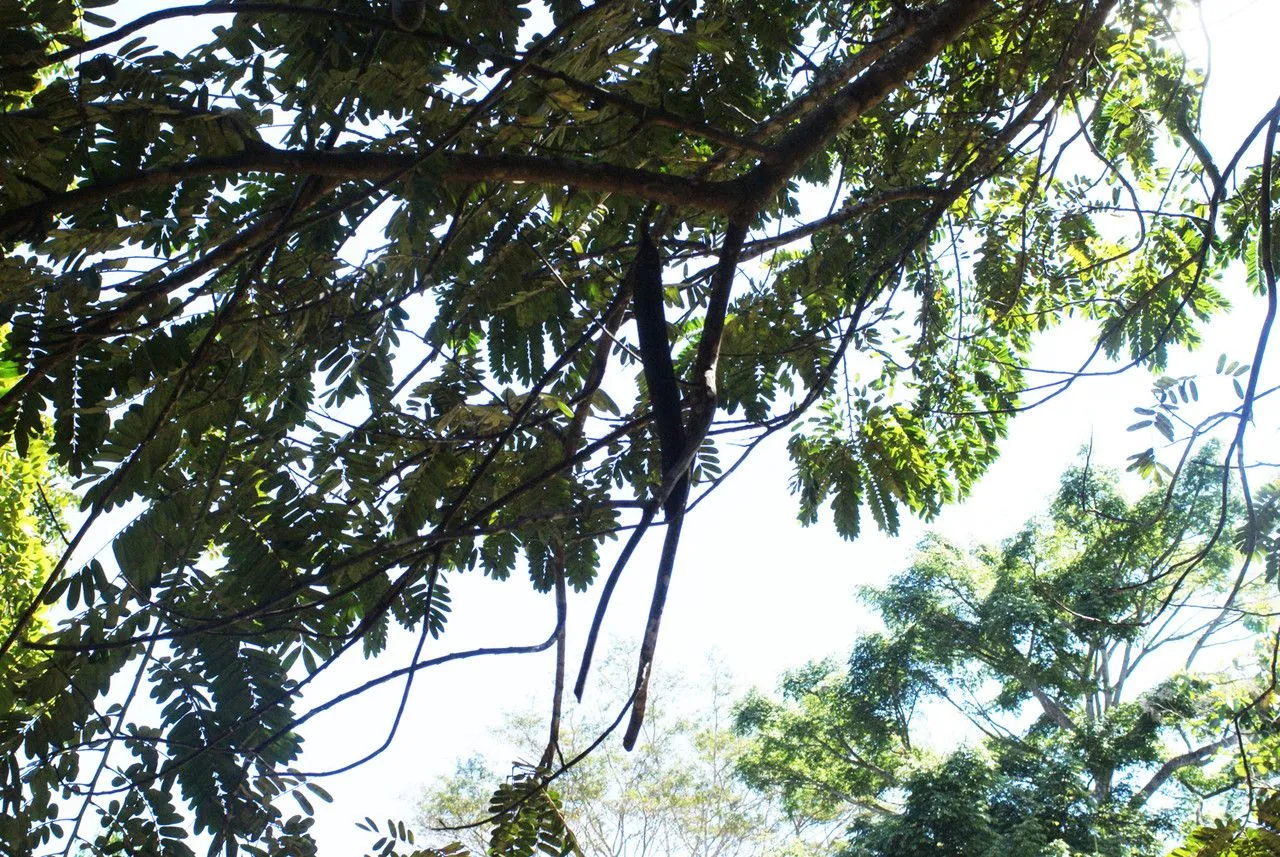
Author: L.f.
Bibliography: Suppl. Pl.: 230 (1782)
Year: 1782
Status: accepted
Rank: species
Genus: Cassia
Vegetable: Unknown
Observations: C. Mexico to Trop. America
The Appleblossom cassia, known scientifically as Cassia grandis, is a captivating tree celebrated for its floral displays and extensive range. A member of the Fabaceae family, this ornamental tree thrives across regions extending from Central Mexico to tropical areas of the Americas.
Characterized by its impressive size and lush canopy, the Appleblossom cassia can reach substantial heights, making it a visually striking addition to any landscape. Its common name is derived from its beautiful, fragrant blossoms that resemble apple flowers. These blossoms are a vivid pink when they first open, gradually transitioning to a lighter hue as they mature, thus creating a picturesque and dynamic display over the blooming period.
The flowers of Cassia grandis are not just aesthetically pleasing; they also play a crucial role in their ecosystems. These flowers attract a variety of pollinators, including bees and butterflies, which are essential for the tree’s reproductive process and contribute to the biodiversity of their habitat.
The foliage of the Appleblossom cassia is equally notable. Its leaves are pinnate, typically featuring a glossy finish that reflects sunlight, adding to the tree’s striking appearance. The combination of vibrant flowers and lush green leaves ensures that the tree remains a centerpiece of attraction year-round.
Beyond its ornamental value, Cassia grandis is also recognized for its historical and cultural significance in many tropical regions. Indigenous peoples and local communities have long utilized various parts of the tree for traditional medicinal purposes, taking advantage of its purported healing properties.
In summary, the Appleblossom cassia (Cassia grandis), described by the botanist L.f. in the late 18th century, stands as a beautiful and significant tree within the Fabaceae family. Its vivid flowers, attractive foliage, and ecological contributions make it a cherishable species from Central Mexico to tropical America.
Eng: appleblossom cassia, coral shower, horse cassia, pink shower
Fra: bâton casse, casse du brésil
Deu: großfrüchtige kassie
Swe: rosenkassia
Spa: sándalo, árbol de fuego
En: Appleblossom cassia, Coral shower, Horse cassia, Pink shower
Fr: Bâton casse, Casse du Brésil
De: Großfrüchtige Kassie
Es: Sándalo, Árbol de fuego
Sv: Rosenkassia
: Brazilian cassia
Taken Aug 23, 2016 by Nelson Zamora Villalobos (cc-by-nc)
Taken Aug 23, 2016 by Nelson Zamora Villalobos (cc-by-nc)
Taken Aug 23, 2016 by Nelson Zamora Villalobos (cc-by-nc)
Taken Oct 9, 2019 by Elisa (cc-by-sa)
Taken Feb 23, 2017 by Tela Botanica − Liliane ROUBAUDI (cc-by-sa)
Taken Feb 23, 2017 by Tela Botanica − Liliane ROUBAUDI (cc-by-sa)
Taken Feb 23, 2017 by Tela Botanica − Liliane ROUBAUDI (cc-by-sa)
Taken Feb 23, 2017 by Tela Botanica − Liliane ROUBAUDI (cc-by-sa)
Taken Feb 23, 2017 by Tela Botanica − Liliane ROUBAUDI (cc-by-sa)
Taken Feb 23, 2017 by Tela Botanica − Liliane ROUBAUDI (cc-by-sa)
Taken Aug 23, 2016 by Nelson Zamora Villalobos (cc-by-nc)
Taken Mar 4, 2021 by Sébastien TRASBOT (cc-by-sa)
Taken Sep 27, 2020 by Takahashi Angélica (cc-by-sa)
Taken Feb 23, 2017 by Tela Botanica − Liliane ROUBAUDI (cc-by-sa)
Taken Oct 19, 2019 by Maciel Lourenço (cc-by-sa)
Taken Oct 3, 2021 by Claret Edson (cc-by-sa)
Taken Sep 27, 2020 by Takahashi Angélica (cc-by-sa)
Taken Sep 18, 2021 by Gilberto B (cc-by-sa)
Taken Aug 28, 2019 by that’s someguy (cc-by-sa)
Taken Aug 25, 2022 by Delblond Michel (cc-by-sa)
Taken May 21, 2022 by Vezzato (cc-by-sa)
Taken Feb 23, 2017 by Tela Botanica − Liliane ROUBAUDI (cc-by-sa)
Taken Feb 23, 2017 by Tela Botanica − Liliane ROUBAUDI (cc-by-sa)
Taken Feb 23, 2017 by Tela Botanica − Liliane ROUBAUDI (cc-by-sa)
Taken Sep 27, 2020 by Takahashi Angélica (cc-by-sa)
Taken Sep 27, 2020 by Takahashi Angélica (cc-by-sa)
Taken Oct 19, 2019 by Maciel Lourenço (cc-by-sa)
Taken Oct 9, 2019 by Elisa (cc-by-sa)
Taken Feb 23, 2017 by Tela Botanica − Liliane ROUBAUDI (cc-by-sa)
© copyright of the Board of Trustees of the Royal Botanic Gardens, Kew.
© copyright of the Board of Trustees of the Royal Botanic Gardens, Kew.
© copyright of the Board of Trustees of the Royal Botanic Gardens, Kew.
Family: Myrtaceae Author: (F.Muell.) K.D.Hill & L.A.S.Johnson Bibliography: Telopea 6: 402 (1995) Year: 1995 Status:…
Family: Rubiaceae Author: Pierre ex A.Froehner Bibliography: Notizbl. Bot. Gart. Berlin-Dahlem 1: 237 (1897) Year:…
Family: Sapindaceae Author: Koidz. Bibliography: J. Coll. Sci. Imp. Univ. Tokyo 32(1): 38 (1911) Year:…
Family: Asteraceae Author: A.Gray Bibliography: Pacif. Railr. Rep.: 107 (1857) Year: 1857 Status: accepted Rank:…
Family: Fabaceae Author: Medik. Bibliography: Vorles. Churpfälz. Phys.-Ökon. Ges. 2: 398 (1787) Year: 1787 Status:…
Family: Aspleniaceae Author: (Cav.) Alston Bibliography: Bull. Misc. Inform. Kew 1932: 309 (1932) Year: 1932…